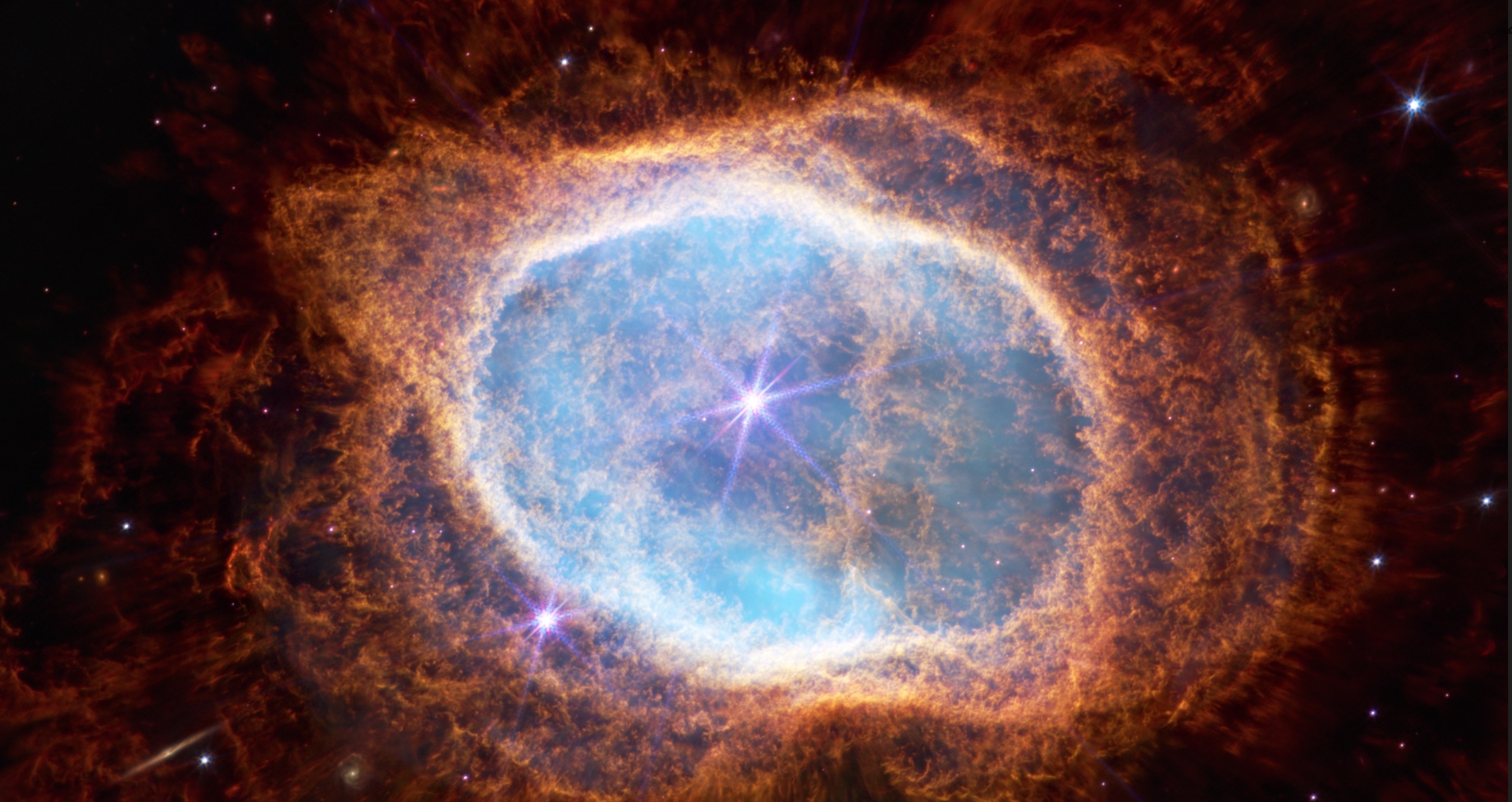'New Eye on the Universe' illuminates the James Webb Space Telescope's latest marvels on PBS Nova. Watch it for free.
With a goal of unveiling the infinite mysteries of black holes and the origins of life in the universe, the James Webb Space Telescope (JWST) is an unimaginable tool for peering into the hearts of galaxies, exoplanets, moons, asteroids, nebulae, neutron stars, pulsars, and other fascinating heavenly bodies.
PBS's acclaimed science series, Nova, has launched "New Eye on the Universe" which premiered on Wednesday (Feb. 22) and is now available to watch online for free. The space documentary shines an engaging light on the JWST and how scientists are at the threshold of a fresh era in cosmology and astronomy that’s only just beginning to unlock myriad secrets of the cosmos in ways we could only dream of in the past.
In the wake of last summer's "Ultimate Space Telescope" film, this second Nova feature returns to reveal more astounding accomplishments achieved by the JWST by taking another serious dive into the mindboggling images captured by the $10 billion telescope and tries to interpret what its discoveries could mean for our overall understanding of the universe.
Related: 12 amazing James Webb Space Telescope discoveries across the universe
As explained in the documentary, some hopeful projects that the JWST and its network of astronomers, researchers, and scientists are eager to delve into are: locating creation's faint fingerprints left in the atmospheres of distant exoplanets using the observation platform's sophisticated spectroscopes; how the first stars and galaxies formed; whether or not there's life outside our solar system; and providing more concise data on potential chemical building blocks for life on Saturn’s moon of Enceladus and Jupiter’s icy satellite, Europa.
The mesmerizing subject of supermassive black holes is also explored in "New Eye on the Universe," as academics discuss the formation and affects of these fearsome destructive forces using the JWST's sensitive infrared equipment to stare through interstellar dust and seek out the dynamics that exist between galaxies and their supermassive black holes.
Since the JWST blasted off on Dec. 25, 2021 and eventually parked one million miles from Earth, scientists are just now taking their expensive new toy out for test runs to see what its limits are and to become familiar with the way it operates.
Breaking space news, the latest updates on rocket launches, skywatching events and more!
"So we're trying to really get up to speed so that we're not just driving the car, but we’re learning how do you take the corners the best," says NASA Goddard Space Flight Center astrophysicist Jane Rigby in the documentary. "How do we optimize what we’re doing here?"
"New Eye on the Universe" can be streamed online at pbs.org/nova, on NOVA’s YouTube channel, and via the PBS App.
Follow us on Twitter @Spacedotcom and on Facebook.

Jeff Spry is an award-winning screenwriter and veteran freelance journalist covering TV, movies, video games, books, and comics. His work has appeared at SYFY Wire, Inverse, Collider, Bleeding Cool and elsewhere. Jeff lives in beautiful Bend, Oregon amid the ponderosa pines, classic muscle cars, a crypt of collector horror comics, and two loyal English Setters.

